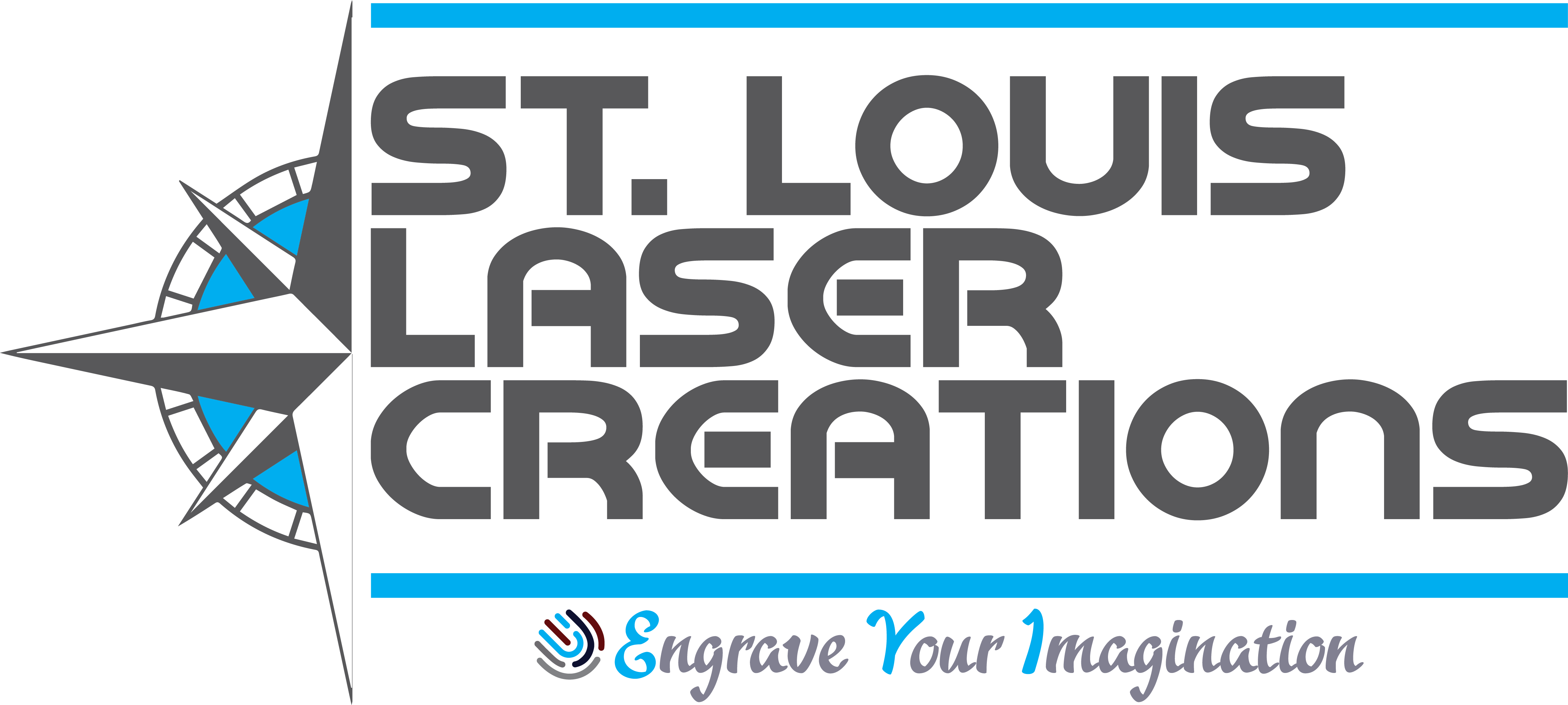What is a diode laser?
A diode laser is a type of laser that uses a semiconductor material as the gain medium. The semiconductor material is typically made of a combination of elements such as gallium, aluminum, and arsenide (GaAlAs), or indium, gallium, and arsenide (InGaAs).
Diode lasers are unique in that they do not require any external mirrors to reflect the light. Instead, the light is generated by passing an electrical current through the semiconductor material. The electrical current causes the electrons in the semiconductor to move to a higher energy level, releasing photons in the process. These photons then pass through a lens that focuses the light into a beam.
One of the main advantages of diode lasers is their compact size and efficiency. They require less power to operate than other types of lasers and can be integrated into a wide range of devices, such as DVD players, fiber-optic communication systems, and laser printers.
Diode lasers can also be designed to produce a wide range of wavelengths, from the infrared to the ultraviolet. This makes them suitable for a wide range of applications, including laser pointers, barcode scanners, medical treatments, and engraving and cutting. For example, a diode laser with a wavelength of 808nm is commonly used for cutting and engraving of various materials such as wood, acrylic, glass, metal, and ceramics.
In terms of engraving and cutting, the quality of the engraved or cut material depends on the power output of the laser, the material's absorption coefficient, and the focus spot size. Additionally, the type of beam delivery system used and the quality of the optics also play a role in the final quality of the engraved or cut material.
Here is a great explanation of Coherent and wavelength beam combining over at Laser Focus World.

Leave a comment